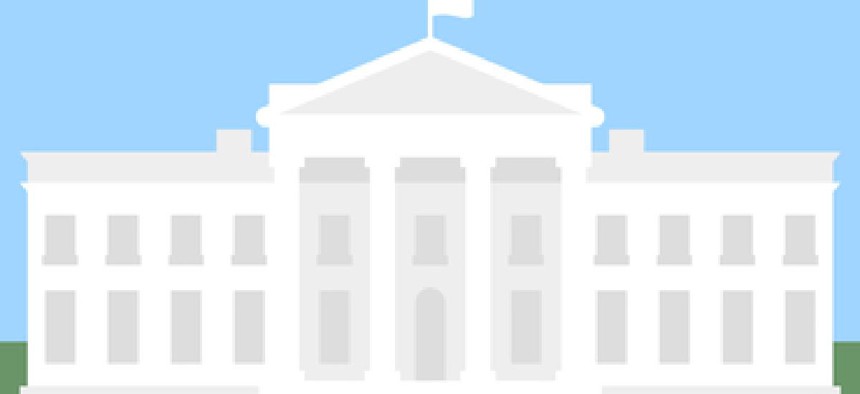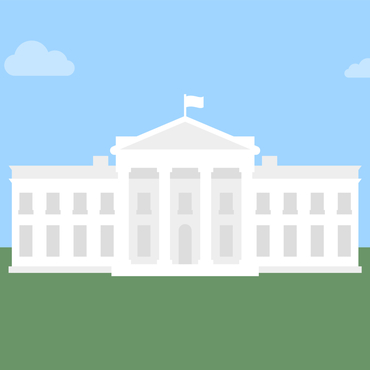White House takes on technology revamp

The White House is standing up a technology council to "transform and modernize" the government's IT and digital services.

The White House is standing up a technology council to revamp the government's IT and digital services.
Established May 1 through an executive order, the American Technology Council, chaired by President Donald Trump, sets out to "transform and modernize" federal IT and provide the president with tech policy advice.
The order comes about a month after the establishment of the Office of American Innovation, which will lead a government reinvention effort headed by Trump's son-in-law and White House factotum Jared Kushner.
The council will include 18 leadership officials from various federal agencies and components, plus a yet-to-be-named director of the council, "who shall be an employee of the Executive Office of the President designated by the President," according to the order.
From within the White House, membership includes Kushner, the director of the Office of Management and Budget and the administrator of the U.S. Digital Services, as well as the still-to-be-named CIO, chief technology officer and head of the Office of Science and Technology Policy. The head of the General Services Administration and its Technology Transformation Service (which oversees innovation shop 18F) will also have seats at the table.
Tech-focused presidential aides Reed Cordish and Chris Liddell will serve on the council, as will National Security Advisor Herman McMaster and Tom Bossert, the cybersecurity and homeland security advisor.
Vice President Mike Pence, Director of National Intelligence Dan Coats and the heads of Commerce, Defense and Homeland Security are also involved.
Former Federal CIO Tony Scott praised the idea and composition of the council as showing technology modernization "is a priority from the administration," and he recalled a similar effort under the Obama administration.
"We had a similar, informal council … that proved to be an effective way of thinking about various policy things that could affect" the entire government, he said, adding the choice of pursuing an informal or formal working group is up to the administration's preference.
Scott acknowledged that some members on the council may face workload challenges and that the council may need some time to settle into its role and figure out who is going to have the staff and resources to do the "heavy lifting."
Beyond specifically naming what federal positions will serve on the council, the order itself is vague.
The council's functions, which don't extend to "any national security system," are to chart the "vision, strategy and direction" for the government's use and delivery of IT services and to coordinate advice to the president on policy decisions.
According to the order, the council can carry out its functions through ad hoc committees, task forces or interagency groups, and its work is not intended to infringe on the authorities of existing agencies.
The order also encourages the director of national intelligence to provide the council with access to classified information on cybersecurity threats, vulnerabilities and mitigation procedures.
Scott said the first action he would like to see the council take is "strongly endorse" the Modernizing Government Technology Act, reintroduced April 28 by Rep. Will Hurd (R-Texas). Cordish and Liddell have already issued a statement in support of the bill.
Scott added that he'd also like the council to engage with the broader IT community, including the Federal CIO Council and its January 2017 report on the state of federal IT.
"There's no lack of advice or recommendations. Everybody has an opinion about how to go fix things," he said. "I think the challenge for any team is, how do you take those and translate to solid policy and programs and budgets, and how do you get momentum going that makes meaningful change in a reasonable period of time?"
NEXT STORY: Congress agrees on funding package


